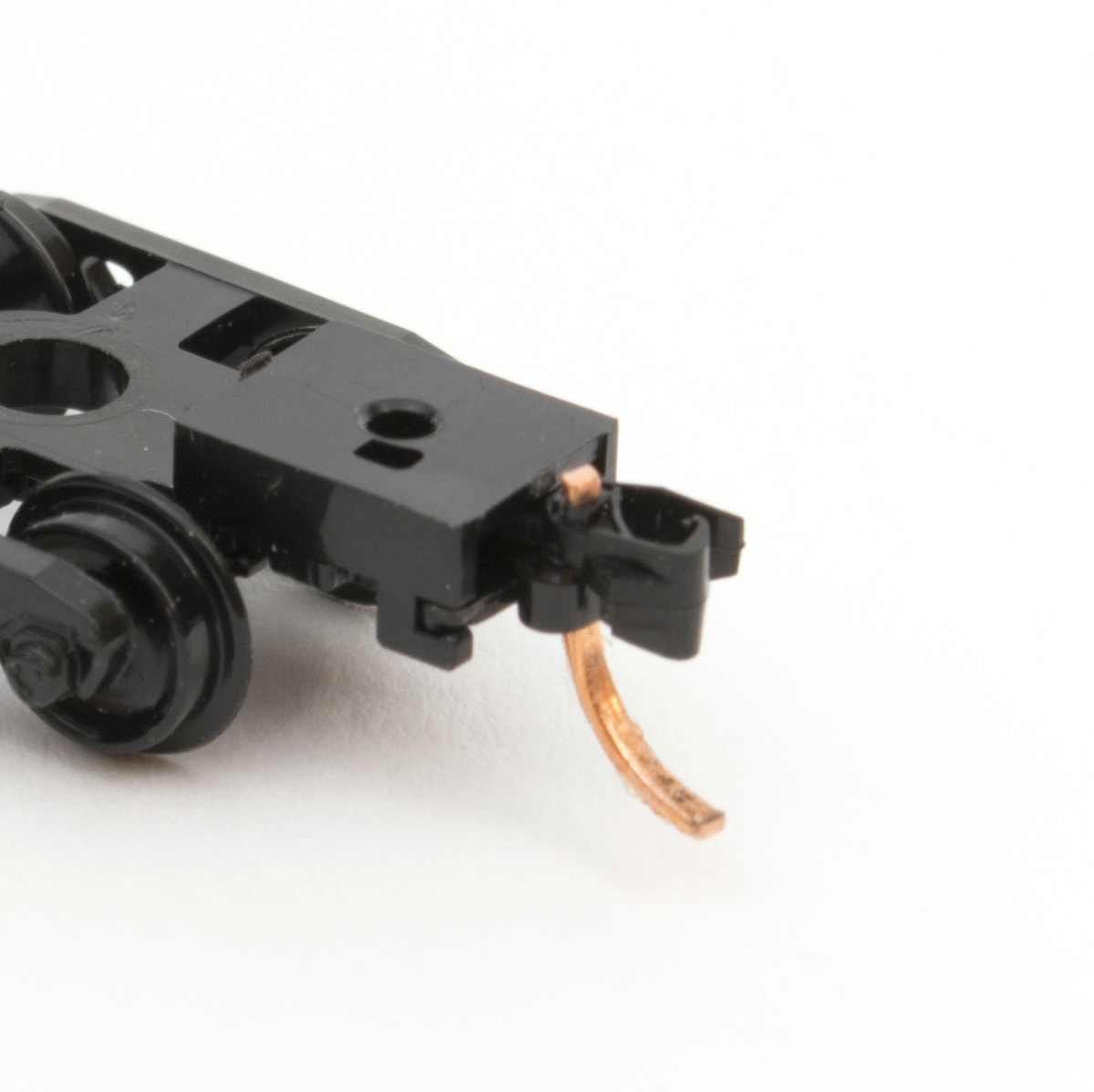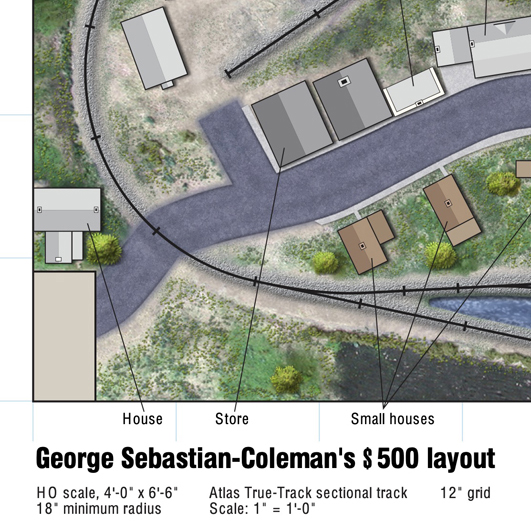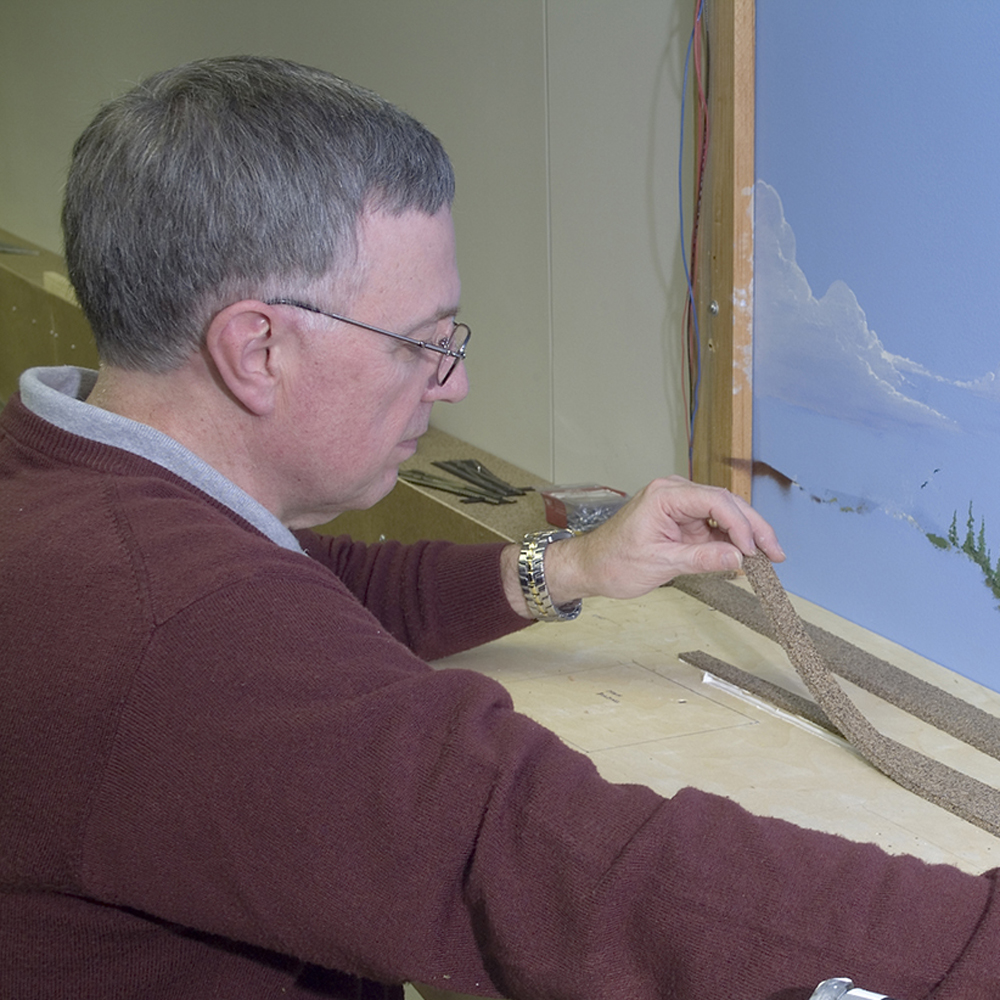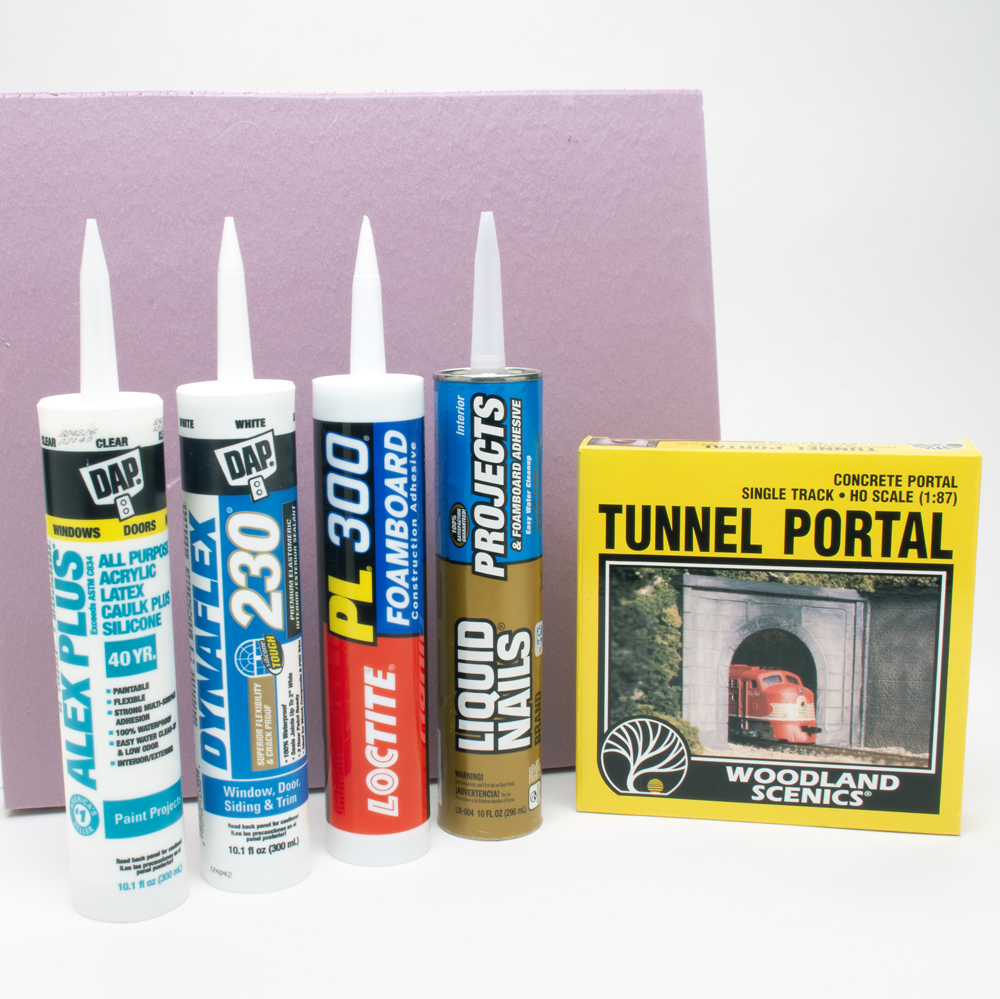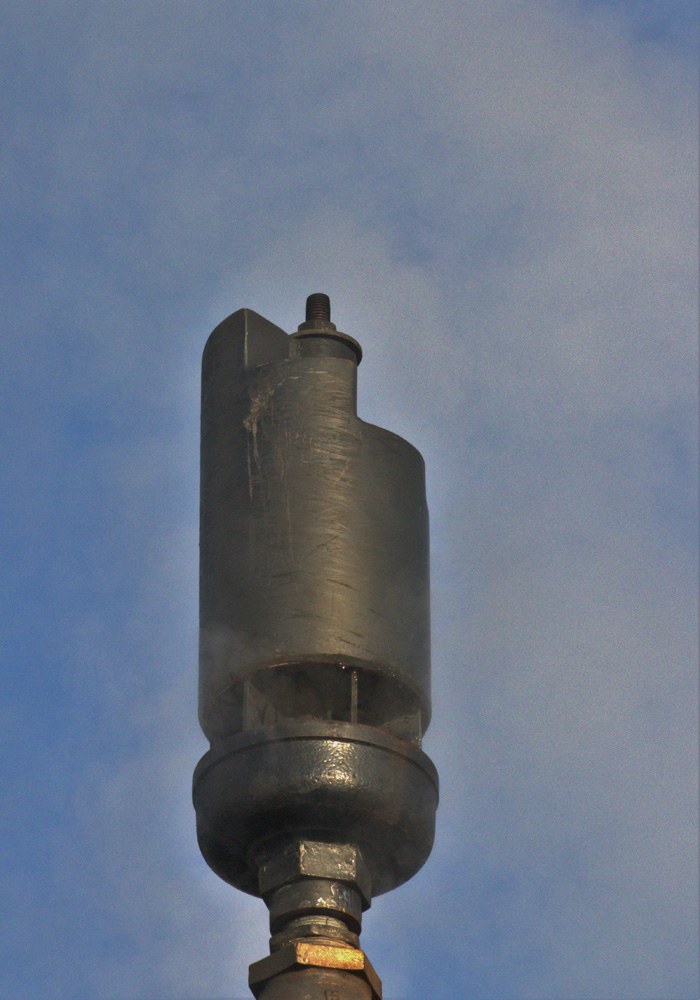
Q: When did the grade crossing whistle signal change from two longs and two shorts (— — o o) to two longs, a short, and a long (— — o —) and under what authority? I model 1907 and I have several early rule books that all have it as two longs and two shorts. At a recent train show I was able to look in a 1927 Santa Fe rule book, and at that time on the Santa Fe, it was still two longs and two shorts. I am hopeful that with the next generation of decoders from Soundtraxx will have the earlier option for those of us who model early rail. — Spencer Kellogg
A: Since this is a question about operations, I bounced it off our resident operations guru, Jerry Dziedzic. As I expected, the answer boils down to, “Follow what’s in your railroad’s rule book.” Here’s what Jerry said:
“The Standard Code adopted two longs and two shorts when it first appeared in 1887. This continued through several revisions until 1928, when long-long-short-long replaced it. But remember, the Standard Code wasn’t universal. Many roads adapted it to suit their own operating conditions.
“It surprised me to find that two long-two short remained in the Erie rulebook that governs my 1947 era. The change found its way into Erie’s 1952 edition. As I recall from when I wrote “Whistle Talk” for the May 2000 Model Railroader, Boston & Maine’s 1961 rulebook also stuck with two long-two short. I wish I had that rulebook handy to double-check my memory.
“You and Spencer have me musing about the reason for the change. I suppose increasing train speed and tonnage extended stopping distance, and automobile ownership put more cars on the road. This demanded a lengthier grade crossing warning. Erie’s 1952 rule states the last whistle blast is ‘to be prolonged or repeated until crossing is reached.’ This requirement endures in today’s codes. How often we hear an engineer drawing out the last looonnng!
“Anyway, I’d advise Spencer that two long-two short works for 1907, but he could reasonably defend the other if he ruled it instead.
“And one more thought: either way, it’s hard to time the Soundtraxx F9 function against a crossing. Using F2 for long whistle blasts and F3 for a short one is easier for me. Beats waiting for the next generation decoder, too.”
Send us your questions
Have a question about modeling, operation, or prototype railroads? Send it to us at AskMR@ModelRailroader.com.






